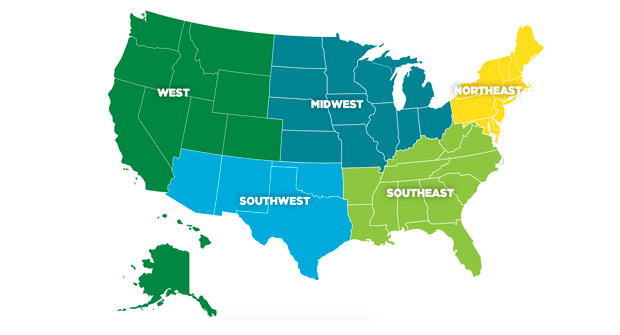
The challenge in the landscape industry is we have all this opportunity and not enough labor, says Kevin Lashus, a partner in immigration and nationality law at FisherBroyles. “Our clients who have benefitted from the H-2B program are going to have to stay the course.”
Lashus speaks with LM about the status of immigration law and the H-2B visa program.
Q: Where does H-2B currently stand?
A: We’ve got H-2B and H-2A visa holders still processing. The only impact that we’ve had is actually in the green card process for traditional H-2B employees, with President Trump’s executive order (filed on April 22) basically putting a stop to immigration for 60 days. We anticipate that executive order is going to be lifted, but it doesn’t impede the traditional nonimmigrant process, like H-2B.
Q: Have you seen a decline in H-2B visas?
A: We haven’t seen any decline. (My clients are) gearing up for the October visa release, but they’re looking for alternatives to H-2B. Some clients are using the TN visa under the North American Free Trade Agreement (NAFTA). We’ve got clients who have relied on the same group of H-2B workers year over year and are considering permanent residency for those workers. We’re trying to give our clients as many options as possible to stabilize their available labor.
Q: What is a TN visa?
A: TN visas are provided for specialty occupations for Canadian and Mexican nationals. In landscaping, irrigation engineers and landscape architects have been identified as specialty occupations under NAFTA. We identify the (worker), they process through one of the consulates in Canada or Mexico and they receive a yearlong visa that can be renewed at any time, or they can receive a three-year visa.
The worker has to have a degree in engineering or architecture in order to qualify. Our clients are eager for assistance, and there are a lot of vocational schools not only in Canada but also in Mexico that provide that undergraduate education.

